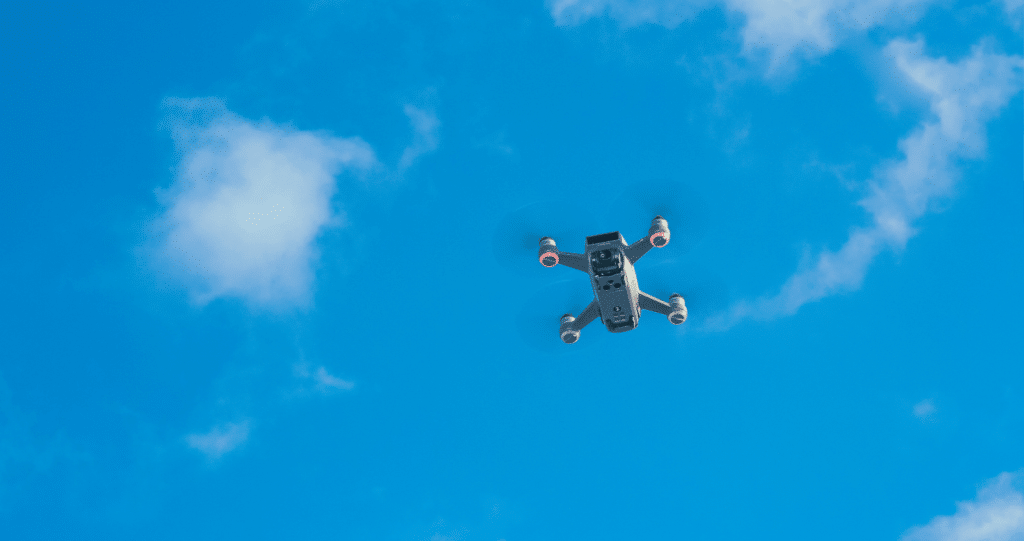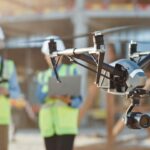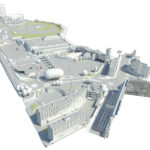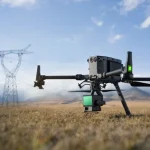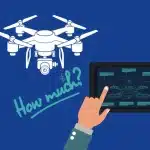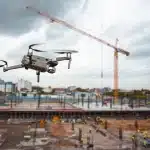The aviation industry is undergoing a significant transformation, with drone aircraft technology leading the way. Unmanned Aerial Vehicles (UAVs), commonly known as drones, are revolutionising various sectors, including infrastructure inspection, surveillance, delivery services, and disaster management. As drones become more sophisticated, they are expected to reshape the future of aviation with cutting-edge features like artificial intelligence (AI), LiDAR mapping, and extended flight capabilities.
Advancements in Drone Aircraft Technology
One of the most exciting developments in drone technology is the introduction of advanced UAVs, such as the DJI Matrice 4T and DJI Matrice 4E. These drones are equipped with high-resolution cameras, infrared sensors, and extended flight times, making them ideal for industrial and commercial applications. The DJI Matrice 4T, for example, is designed for thermal imaging, making it an essential tool for search and rescue missions and infrastructure inspections.
Another breakthrough in drone aircraft technology is LiDAR (Light Detection and Ranging). This remote sensing method allows drones to create high-resolution 3D maps by using laser pulses to measure distances accurately. LiDAR-equipped drones are widely used in Scan to BIM (Building Information Modeling), enabling architects and engineers to create detailed digital replicas of buildings and infrastructure. This technology is particularly useful for construction projects, heritage preservation, and urban planning.
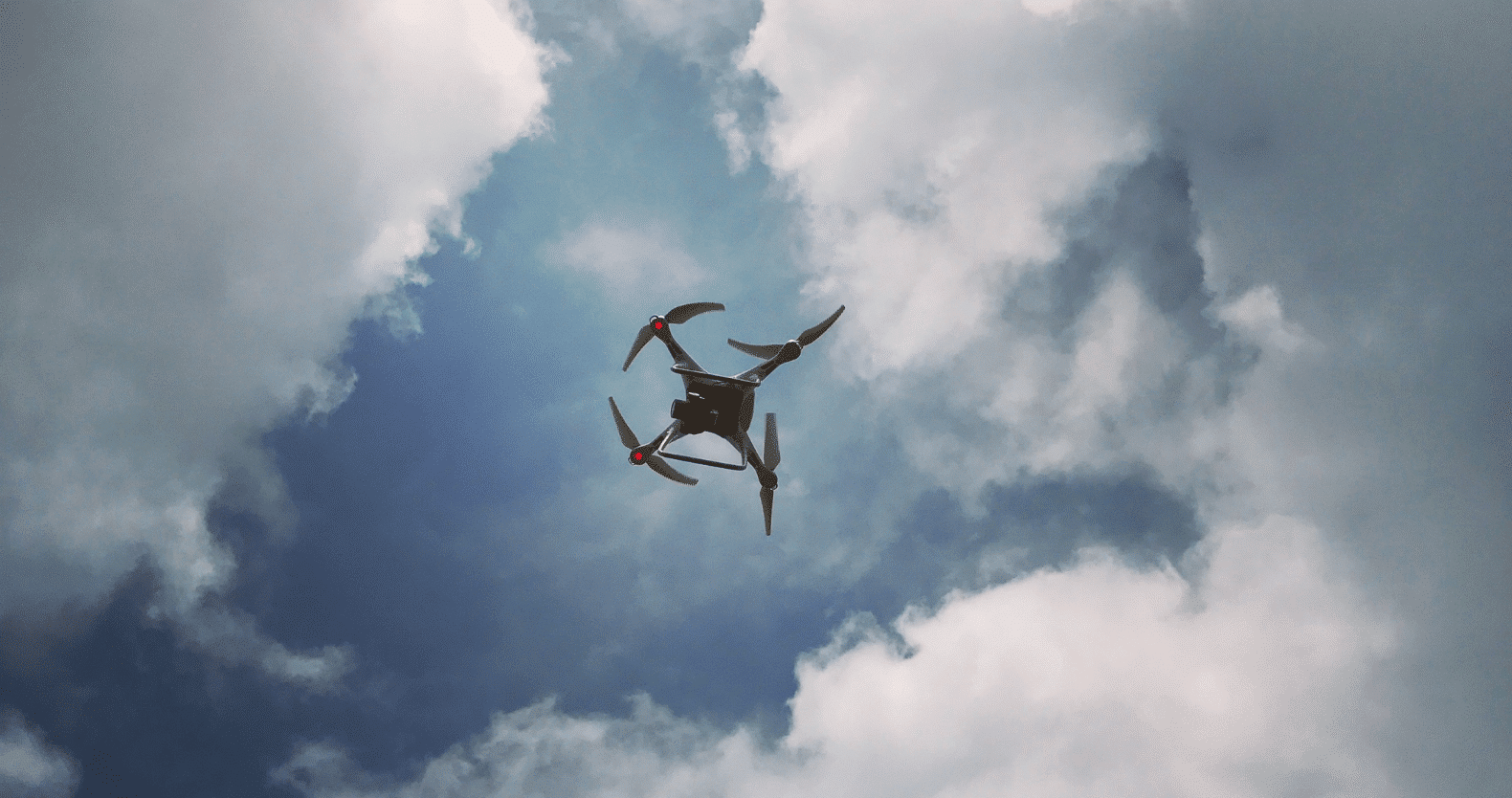
Drones in Infrastructure and Industrial Applications
The ability to conduct drone roof inspections has become a game-changer for the construction and real estate industries. Traditional roof inspections often require scaffolding, ladders, and significant human labor, posing safety risks. However, drones equipped with high-definition cameras and thermal sensors can quickly assess the condition of a roof, identify damage, and generate reports in real time.
Apart from inspections, drones are also playing a crucial role in security and surveillance. Law enforcement agencies and private security firms are leveraging UAVs for real-time monitoring, crowd control, and border security. With AI-powered analytics, modern drones can detect suspicious activities and alert authorities instantly.
The Role of AI and Automation in Drone Technology
The integration of AI in drone technology is enhancing automation and decision-making capabilities. AI-driven drones can execute complex flight patterns, analyze vast amounts of data, and operate autonomously in challenging environments. For example, autonomous drones used in precision agriculture can monitor crop health, detect pest infestations, and optimize irrigation systems without human intervention.
Additionally, AI-powered drones are being deployed for disaster response. In the event of natural calamities such as hurricanes, earthquakes, or wildfires, UAVs can assess damage, locate survivors, and deliver essential supplies. The ability of drones to reach inaccessible areas makes them invaluable in emergency situations.
Drone Delivery Services: The Future of Logistics
With major companies like Amazon and UPS investing heavily in drone delivery services, the future of logistics is poised for a significant shift. Drones offer a faster, cost-effective, and environmentally friendly alternative to traditional delivery methods. The use of UAVs for medical deliveries has already been implemented in remote areas, ensuring that life-saving supplies reach patients quickly.
While regulatory challenges still exist, advancements in Beyond Visual Line of Sight (BVLOS) technology are paving the way for widespread adoption of drone delivery services. BVLOS-enabled drones can operate over long distances without human intervention, making them ideal for large-scale logistics operations.
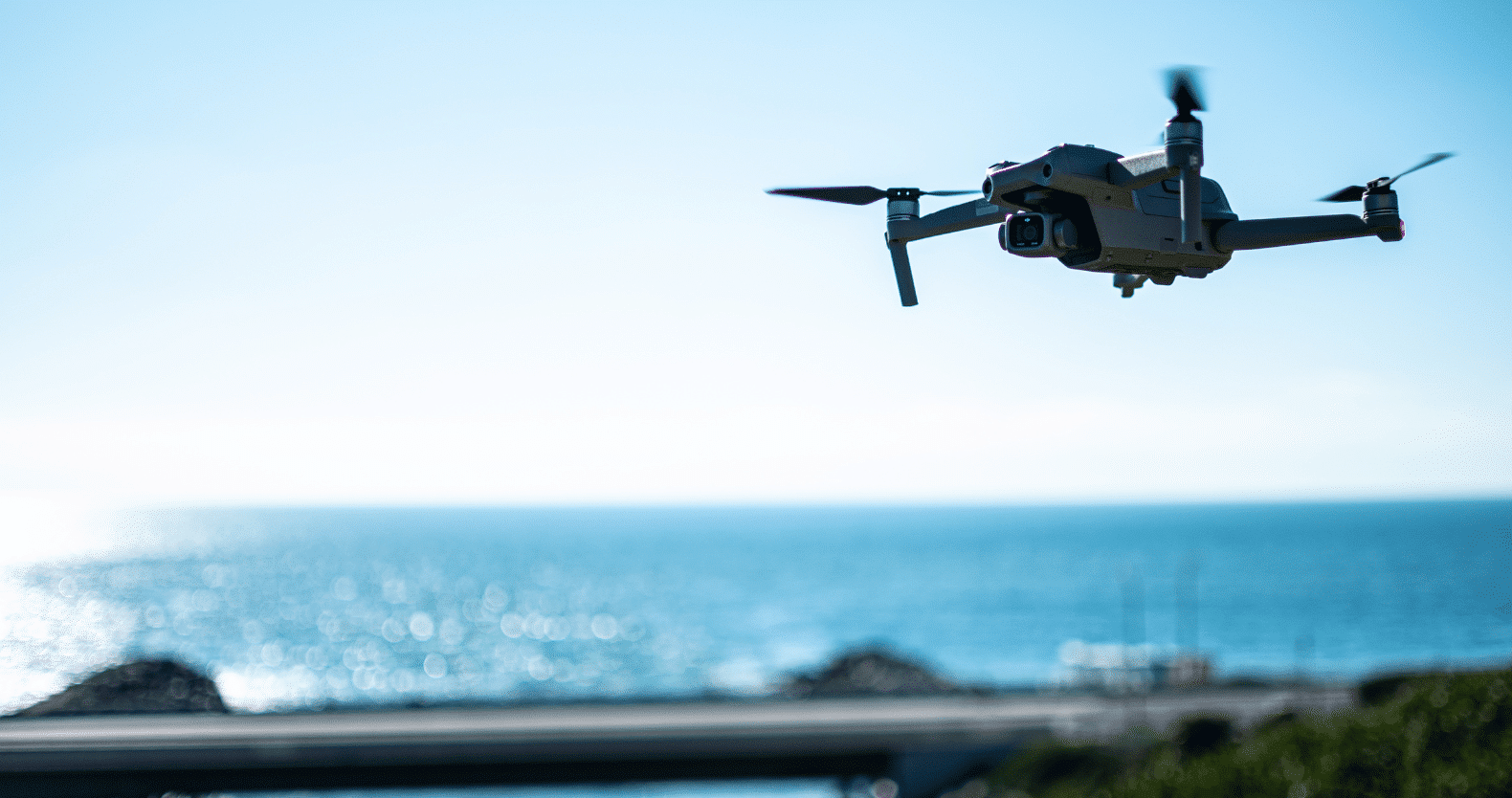
Challenges and Future Prospects
Despite the many benefits, drone technology faces challenges such as airspace regulation, cybersecurity threats, and privacy concerns. Governments and aviation authorities are working to establish clear guidelines to ensure safe and responsible drone usage. The implementation of Unmanned Traffic Management (UTM) systems is crucial for integrating drones into controlled airspace while preventing collisions and unauthorized flights.
Looking ahead, advancements in battery technology, AI-powered navigation, and 5G connectivity will further enhance drone capabilities. The future of aviation will likely see the rise of urban air mobility (UAM), where drones and electric vertical takeoff and landing (eVTOL) aircraft will facilitate on-demand transportation in smart cities.
Conclusion
Drone aircraft technology is set to revolutionize aviation, bringing efficiency, cost savings, and safety improvements across various industries. From LiDAR scanning to drone roof inspections, the applications of UAVs continue to expand. As technology advances, drones will become an integral part of commercial, industrial, and humanitarian operations. With proper regulations and innovations, the sky is the limit for the future of aviation and drone technology.

